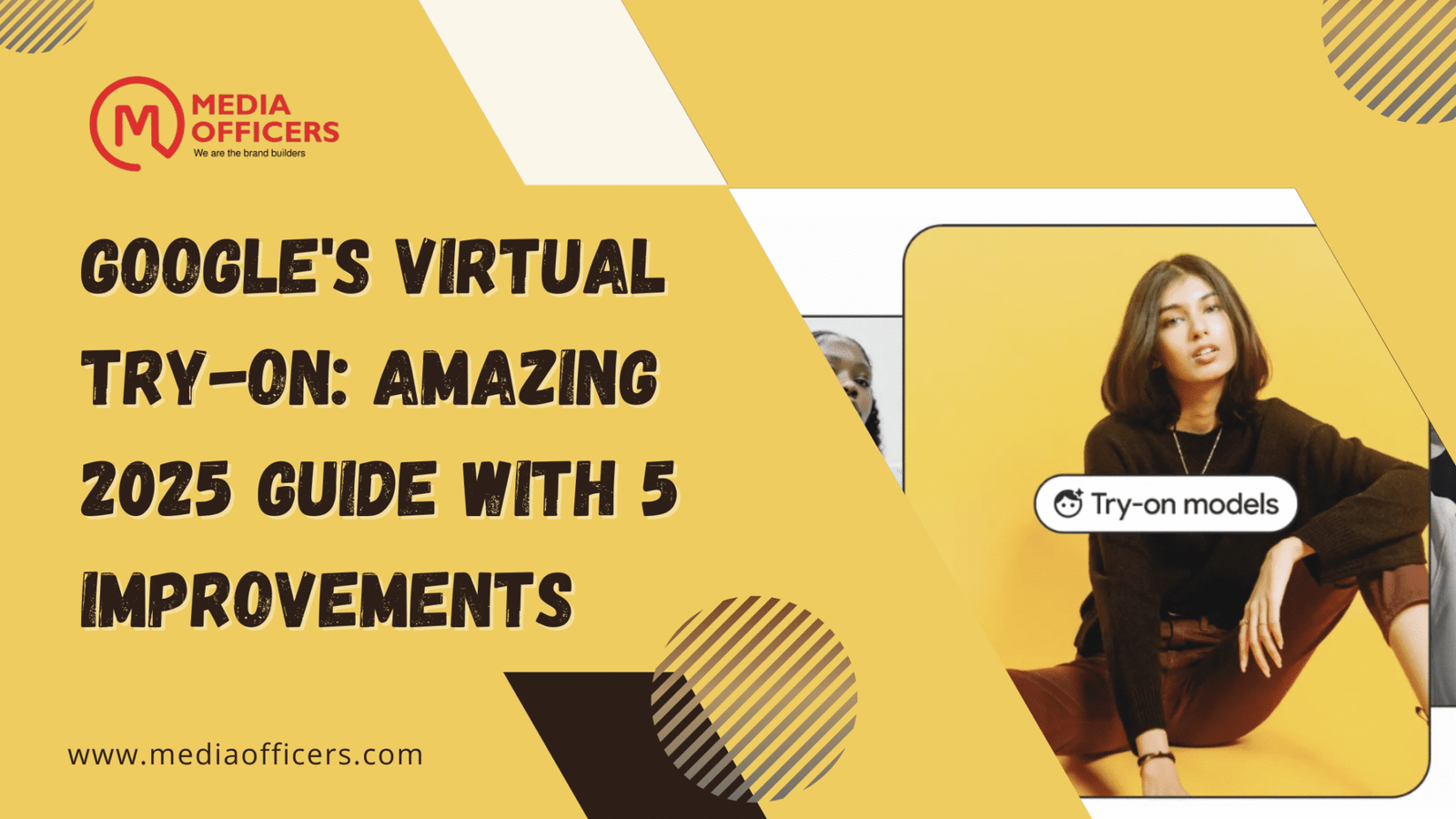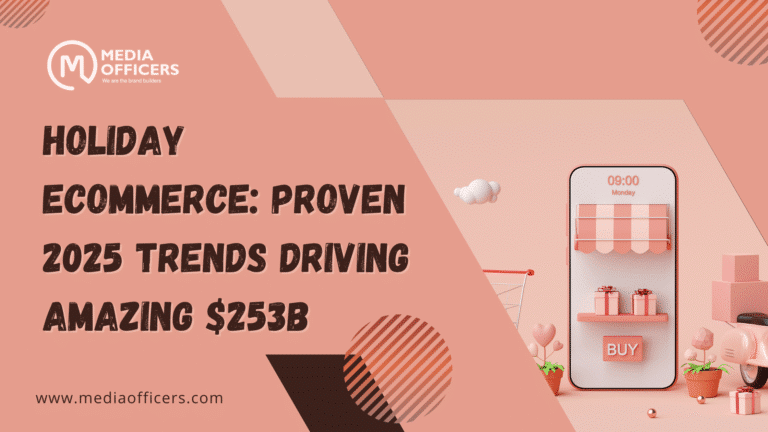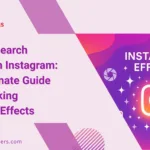Google’s virtual try-on is expanding to include shoes and reach Australia, Canada, and Japan, signaling a major shift in how consumers shop online. This evolution, powered by AI-driven shape and depth perception, lets users visualize footwear and other items on their bodies in seconds. By uploading a full-length photo and tapping the try it on option, shoppers see a personalized rendering of the product on their image. This creates an interactive shopping experience that boosts engagement and confidence before purchase.
Google’s virtual try-on remains the core idea behind an increasingly immersive shopping journey. The newest changes add footwear to the catalog and extend access to new markets, pushing brands to rethink product visualization, fit, and styling in a way that feels both personal and effortless. This isn’t just a tech demo; it is a practical tool that can influence how people discover, evaluate, and buy products online.
What the expansion means for the platform
The central concept of Google’s virtual try-on continues to be an AI-powered visual experience designed to reduce uncertainty at the moment of purchase. The update broadens the experience from apparel to footwear, enabling sneakers and heels to be evaluated in real-time on a user’s body shape and pose. The regional rollout to Australia, Canada, and Japan introduces diverse fashion cultures and consumer behaviors, testing how well the technology adapts to different climates, sizes, and style preferences.
For advertisers and retailers, this expansion creates a broader canvas for product storytelling. Shoes demand specific details like sole thickness, toe shape, and material texture, all of which can be conveyed through dynamic visualization. When shoppers see footwear on themselves with authentic lighting and depth cues, the likelihood of engagement and conversion tends to rise. In short, Google’s virtual try-on moves shopping closer to a seamless in-store experience, but in a digital format that scales globally.
How Google’s virtual try-on works in practice
At the heart of Google’s virtual try-on is a blend of computer vision, 3D modeling, and depth sensing. The process typically follows these steps:
- Users upload a full-length photo or enable live camera input on a compatible device.
- The system analyzes body shape, pose, and proportions using advanced shape and depth perception algorithms.
- A synthetic rendering places the selected item onto the user’s image, adjusting for scale, lighting, and occlusion to create realism.
- Shoppers can adjust size, color, and style while the AI refines the fit in real-time.
- The final rendering is displayed within seconds, enabling quick evaluation and decision making.
This workflow emphasizes speed and privacy. The goal is to let users experiment with products without leaving the comfort of their home, while providing retailers with actionable signals about fit and preference. Google’s virtual try-on data also helps brands understand which designs resonate in different regions and how customers mix and match outfits with footwear.
Geographic expansion: Australia, Canada, and Japan
The expansion to Australia, Canada, and Japan marks a strategic move to test localization at scale. Each country presents unique footwear trends, fit expectations, and shopping behavior. In Australia, for example, outdoor-ready styles might be more prominent, while Canada could emphasize winter footwear and durable materials. Japan often features fashion-forward sneakers and high-end heels with precise styling cues. By extending Google’s virtual try-on to these markets, Google gains diverse data and retailers gain cross-cultural insights into sizing, color preferences, and design language that resonate with local audiences.
Shoppers in these regions gain access to an interactive try-before-you-buy experience for billions of products, including shoes, which has historically been harder to visualize online. For brands, the opportunity lies in tailoring product pages to highlight fit and comfort in context, supported by AI-driven previews that adapt to individual consumers. The net effect is a more confident online shopping journey that reduces return rates and strengthens brand loyalty.
Why this matters for advertisers and brands
Advertisers now have a new way to capture attention and influence purchase intent. Google’s virtual try-on offers a dynamic canvas where customers can compare silhouettes, styles, and finishes on a personalized avatar. This kind of interactivity tends to increase dwell time, engagement, and shareability across social feeds and search results.
- Personalized engagement: Try-on experiences feel tailor-made, helping shoppers feel seen and understood by brands.
- Real-time trend insights: Data from Try On sessions reveals which styles are gaining momentum in different markets, enabling rapid assortment decisions.
- Higher intent signals: When shoppers visualize a product on themselves, they are more likely to add items to carts and complete purchases.
- Lower return risk: Visual verification of fit and appearance helps set accurate expectations, reducing post-purchase dissatisfaction.
For retailers, the analytics from Try On can guide design, merchandising, and marketing strategies. The ability to track preferences by region, gender, and age group provides a granular picture of demand. In addition, Google’s virtual try-on contributes to a stronger omnichannel narrative, bridging online exploration with in-store fulfillment when available.
What this means for shoppers
From a consumer perspective, the update brings a more confident and enjoyable shopping experience. Shoppers can assess how sneakers or heels look with outfits they already own, test different colorways, and compare fit without visiting a physical store. The technology helps shoppers answer questions like: Will these shoes look good with my jeans? Do these sneakers complement my activewear? Is the heel height comfortable for a long day? All of these considerations can be evaluated quickly, reducing buyer hesitation and post-purchase regret.
Importantly, privacy and security remain central to the experience. While the visualization uses user images to create a realistic render, most platforms emphasize opt-in consent, data minimization, and local processing where possible. For privacy-conscious shoppers, this means a transparent workflow and clear controls over how images are used, stored, and discarded after a session. In the long run, trust will be a key differentiator for brands adopting Google’s virtual try-on.
Best practices for brands to leverage Try On data
Brands looking to maximize value from Google’s virtual try-on should consider several practical steps. Implementing these can help improve product visibility, reduce friction, and drive higher conversions.
- Invest in high-quality product visuals: Clear, well-lit images and 3D models are essential for realistic renders. Ensure shoes have accurate textures, materials, and details like stitching and laces.
- Optimize sizing and fit metadata: Provide precise size guides and model dimensions so the AI can render accurate scaling and alignment across body types.
- Localize for markets: Tailor colorways, styling suggestions, and recommended pairings to regional tastes and seasonal trends.
- Integrate with product discovery: Pair Try On with search and category filters to enable shoppers to easily find items that fit their style and budget.
- Prioritize mobile experiences: Ensure fast loading, finger-friendly interactions, and responsive renders for a seamless mobile-to-desktop transition.
- Leverage data for merchandising: Use Try On insights to plan assortments, forecast demand, and adjust promotional calendars based on observed trends.
- Communicate privacy practices: Be transparent about data usage and provide clear controls for opting out or deleting data after sessions.
Implementation considerations and challenges
Despite the advantages, brands should be aware of potential challenges. Technical complexity, cross-device consistency, and privacy compliance are top of mind. Achieving accurate representation across diverse body types requires ongoing model refinement and rigorous testing. In addition, regional regulations and consumer expectations around data usage may vary by country, so brands must adapt policies and disclosures accordingly.
Another consideration is accessibility. Ensuring that the try-on experience works for people with visual impairments or limited mobility is essential. This may involve alternative text descriptions, audio cues, and keyboard-friendly controls to broaden inclusivity while preserving the impact of visuals. When done well, accessibility becomes a competitive differentiator for Google’s virtual try-on powered experiences.
Privacy, ethics, and trust
As with any AI-driven visual tool, privacy and ethics are critical. Shoppers should feel empowered to opt in or out of data collection and understand how their images are processed. Brands should adopt data-minimization practices and ensure data is stored securely, with clear retention timelines. Building trust around Google’s virtual try-on experiences will be foundational to long-term success in markets like Australia, Canada, and Japan where consumer expectations for privacy are high.
Future outlook for Google’s virtual try-on
The trajectory for Google’s virtual try-on suggests a broader expansion into more product categories and even deeper personalization. We can expect improvements in realism, speed, and the integration of social sharing features that let users showcase their virtual outfits. As the technology matures, retailers may gain access to richer analytics about how products perform in real-world contexts, enabling smarter production planning and faster iterations on best-sellers.
In markets worldwide, the combination of AI, augmented reality, and e commerce is likely to reshape how customers discover, compare, and buy. The capacity to simulate fit and appearance with minimal friction could become a standard expectation, making early adoption a strategic advantage for brands aiming to stay ahead in 2025 and beyond. With careful attention to privacy, accessibility, and user experience, Google’s virtual try-on has the potential to redefine online shopping norms on a global scale.
Frequently Asked Questions
What is Google’s virtual try-on?
Google’s virtual try-on is an AI-powered, augmented reality tool that lets shoppers visualize how clothing and footwear look on their own bodies. By analyzing a user’s image and using depth perception, the system renders the product in real time to help people assess fit and style before buying.
Which countries have access to the latest Try On features?
The latest updates have expanded access to Australia, Canada, and Japan, with footwear options added to the catalog. This regional rollout enables localized experimentation with fit, colorways, and fashion trends.
How does the try-on process work for shoppers?
Shoppers upload a full-length photo or enable live camera input, tap the try it on option, and then view a rendered image of the product on their body. The AI adjusts scale, lighting, and positioning in real time, allowing quick comparisons and styling decisions.
What should brands do to maximize benefits from Try On?
Brands should optimize product visuals, provide accurate sizing information, localize styling guidance, and integrate Try On data with merchandising and marketing efforts. Transparency about data usage and strong privacy practices are essential to build trust with shoppers in all regions.
Conclusion
In summary, Google’s virtual try-on is evolving into a more powerful, globally accessible shopping companion. By adding shoes and expanding into Australia, Canada, and Japan, Google is turning online shopping into a more interactive and personalized experience. For brands, the opportunity is clear: deliver immersive product visuals, gain real-time insights into consumer preferences, and reduce friction from discovery to purchase. As the technology matures, this approach may become a standard expectation in e commerce, driving higher engagement, better conversions, and smarter inventory decisions across markets.








